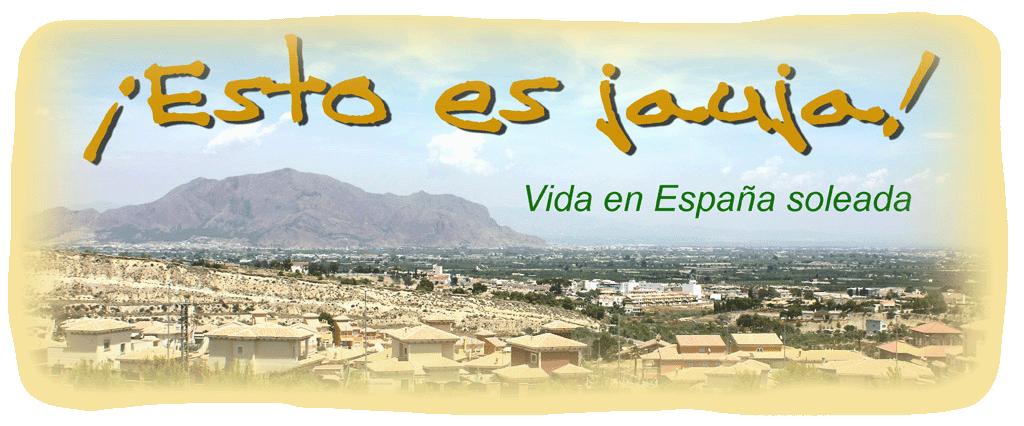
For next Monday, we have been invited to the library to take part in a chat about the poet Miguel Hernández.
Vicente Pina, a member of the Commission of Acts of the Centenary of the Birth of the Poet and founder of the Codex Bookshop in Orihuela will be on hand to tell us something of of the poet’s life and his works.
Then, ladies from the other adult classes will be reading some of their favourite poems by Hernandez.
Interest in the poet is growing for example, the web site of the Cultural Foundation, Miguel Hernández registered more than 6.2 million visits last year up by a million from the previous year. I imagine that figure will rise dramatically this year.
Who was he though?
Miguel Hernández (October 30, 1910-March 28, 1942), born in Orihuela, was a leading 20th century Spanish poet and playwright.
Hernández came from a poor family and received little formal education; he published his first book of poetry at 23, and gained considerable fame before his death. He spent his childhood as a goatherd and farmhand, and was, for the most part, self-taught, although he did receive basic education from state schools and the Jesuits.
Hernández campaigned for the Republic during the Spanish Civil War, writing poetry and addressing troops deployed to the front.
During the Civil War, on the ninth of March in 1937, he married Josefina Manresa Marhuenda, whom he had met in 1933 in Orihuela. His wife inspired him to write most of his romantic work. Their first son, Manuel Ramon, was born on December 19, 1937, but died in infancy on the 19th of October of 1938. Months later came their second son, Manuel Miguel
Unlike others, Hernández could not escape Spain after the Republican surrender and was arrested multiple times after the war for his anti-fascist sympathies, and was eventually sentenced to death. His death sentence, however, was commuted to a prison term of 30 years, leading to incarceration in multiple jails under extraordinarily harsh conditions until he eventually succumbed to tuberculosis in 1942. Just before his death, he scrawled his last verse on the wall of the hospital: Goodbye, brothers, comrades, friends: let me take my leave of the sun and the fields. Some of his verses were kept by his jailers.
While in prison, Hernández produced an extraordinary amount of poetry, much of it in the form of simple songs, which the poet collected in his papers and sent to his wife and others. These poems are now known as his Cancionero y romancero de ausencia (Songs and Ballads of Absence). In these works, the poet writes not only of the tragedy of the Spanish Civil War and his own incarceration, but also of the death of an infant son and the struggle of his wife and another son to survive in poverty. The intensity and simplicity of the poems, combined with the extraordinary situation of the poet, give them remarkable power.
Perhaps Hernández's best known poem is "Nanas de cebolla" ("Onion Lullaby"), a reply in verse to a letter from his wife in which she informed him that she was surviving on bread and onions. In the poem, the poet envisions his son breastfeeding on his mother's onion blood (sangre de cebolla), and uses the child's laughter as a counterpoint to the mother's desperation. In this as in other poems, the poet turns his wife's body into a mythic symbol of desperation and hope, of regenerative power desperately needed in a broken Spain.



















































